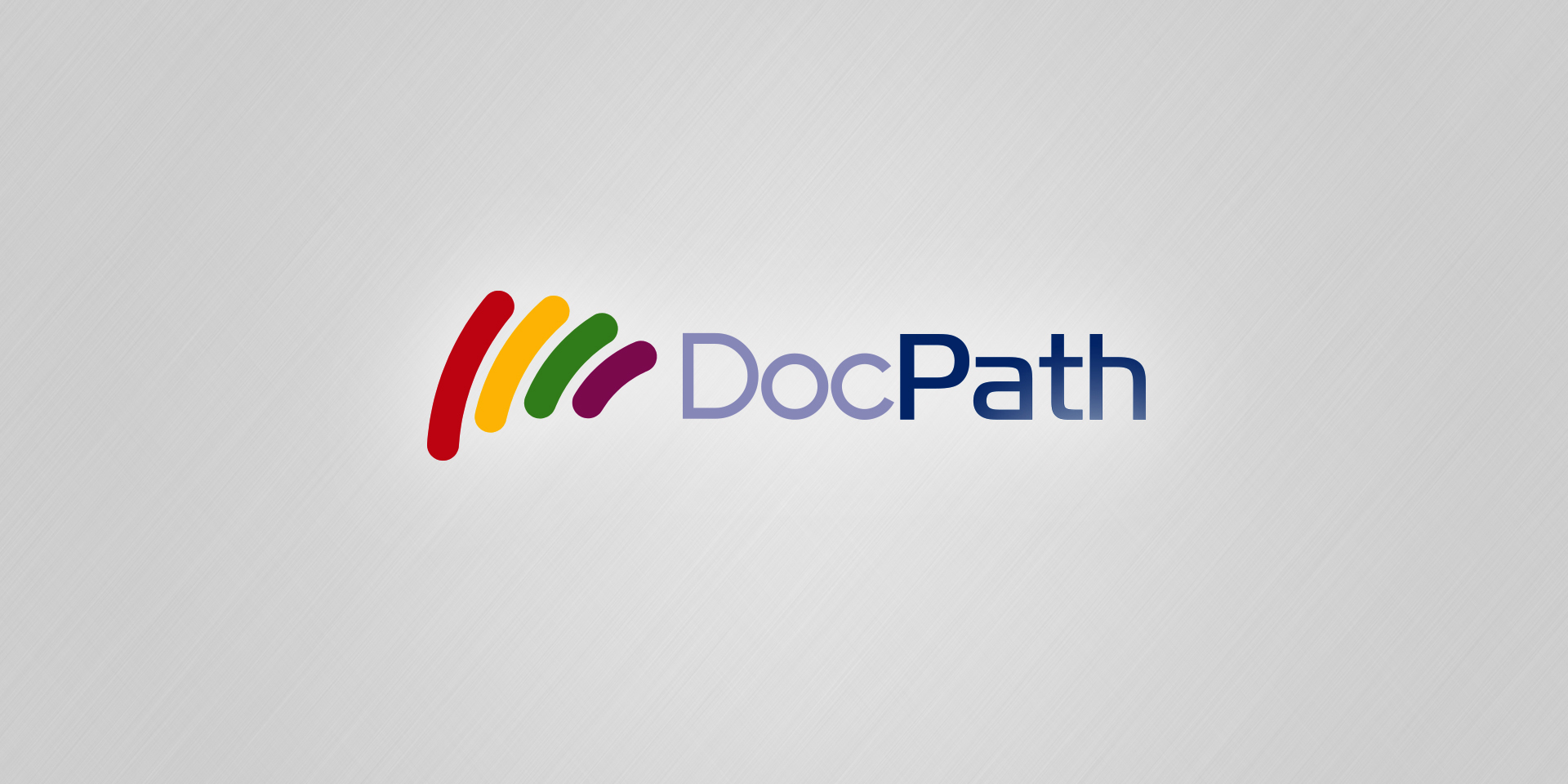
Technology is evolving at a dazzling pace. This causes companies, entrepreneurs and citizens to face an important technological gap when trying to manage their documents, or when communicating with Public Administrations. In fact, the methods of communication between the general public and Public Administrations are changing, but not at the rate expected by governmental institutions. They found that their initial investments in new technologies may have been too large, as this new technology is not used as much as expected.
One of the document types that have experienced a major transformation are invoices. However, common concepts such as electronic invoices (e-invoice), digital invoices, or telematic invoices are still being confused. These three terms may be used as synonyms, but each country´s legislation determines their exact meaning and limits.
New technologies have had relatively little success with small and medium-size enterprises, because of the so-called ‘digital gap’, the lack of information and the uncertainty brought about by new communication methods between the general public and Public Administrations, among other reasons. Large organizations, however, have the appropriate infrastructure to use these new technologies.
As such, it is fundamental to ‘demystify’ the general assumption that document technology software is only within the reach of large enterprises. There are enough powerful document management tools in the market to meet the size and needs of any company. SMBs may also contact companies specialized in document management and request a project from their Consulting department to obtain the best advice on the most adequate document input procedures, storage, data retrieval, etc.
What is an e-invoice?
An electronic invoice, the so-called ‘e-invoice’, is a digital document that replaces the original. It is the digital representation of its paper format, which is electronically generated and maintained, and replaces the physical document while maintaining its legal value.
The electronic file, with all the data of the invoice, is modified with mathematical formulas and a chain of characters called an electronic signature. With these new features, the e-invoice obtains full fiscal and legal validity and there is no need to print the document to be able to send it to its recipient.
For an electronic bill to be valid, it must guarantee two basic aspects: the authenticity of origin and the integrity of content. If this is the case, then the identification of the sender is 100% certain and the recipient can be confident that the document has not been altered. This is only possible if the e-invoice contains an electronic signature that meets the minimum requirements established by the fiscal authorities of each country or, in the case of Europe, of the European Union.
Eliminating printouts
Electronic invoices eliminates companies from having to print the invoices to be able to send them to their recipients. As a result, the costs related to generation and management of printed documents are drastically reduced. Also, the control and quality of an organization´s billing and collection processes are considerably improved and simplified.
Still, legislation compels companies to store their invoices and the related electronic data for a specific period of time. The law also obliges senders and recipients to:
- store their e-invoice with the related data (signature and certificate) in its original format.
- ensure legibility of the electronic invoices and related data in their original format.
- guarantee complete access to the data (visualization, specific searches, copies, online download and printing).
Member States of the UE still have until December 31, 2012 to adopt Council Directive 2010/45/UE, which establishes equal treatment between paper and electronic invoices. This turning point constitutes an ideal opportunity for companies that had not planned on implementing electronic invoices before, to change their billing method and cut related costs. After all, it is much easier to adopt these new and improved measures from the start of the restructuring process.
Inadequate practices with e-invoices
Some of the most common errors when generating and using e-invoices, made mainly by SMBs and self-employed workers, are the following:
- Believing that an e-invoice does not have the same legal validity as its paper format. The e-invoice has the same legal and fiscal validity as its paper format, and can be used for the same purposes.
- Using a PDF document as if it were an e-invoice. Normal PDF files do not meet the established legal requirements. A PDF file must include an electronic signature to guarantee authenticity, integrity and non-repudiation (i.e. the validity of the invoice cannot be challenged).
- Considering that e-invoices are only useful in large organizations. This is far from reality. Small companies, medium-size enterprises and self-employed workers also benefit from electronic invoices, for example in their communications with Public Administrations.
- Being confused about legal invoice formats. It is quite simple: only e-invoices with a verified digital signature that certifies the authorship of the invoice are legal and valid.
- Being convinced that traditional methods are more secure than electronic processes. When it comes to security, companies may create backups of their digital documents that comply with legal regulations.
Julio A. Olivares
DocPath CEO and Founder
